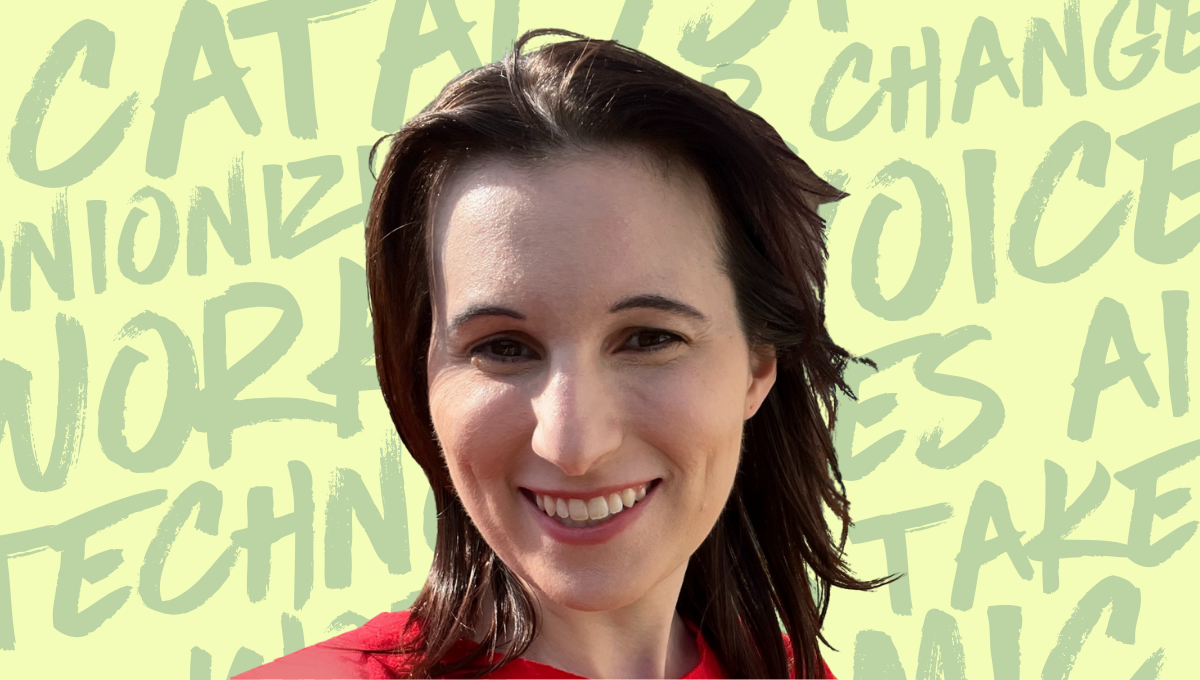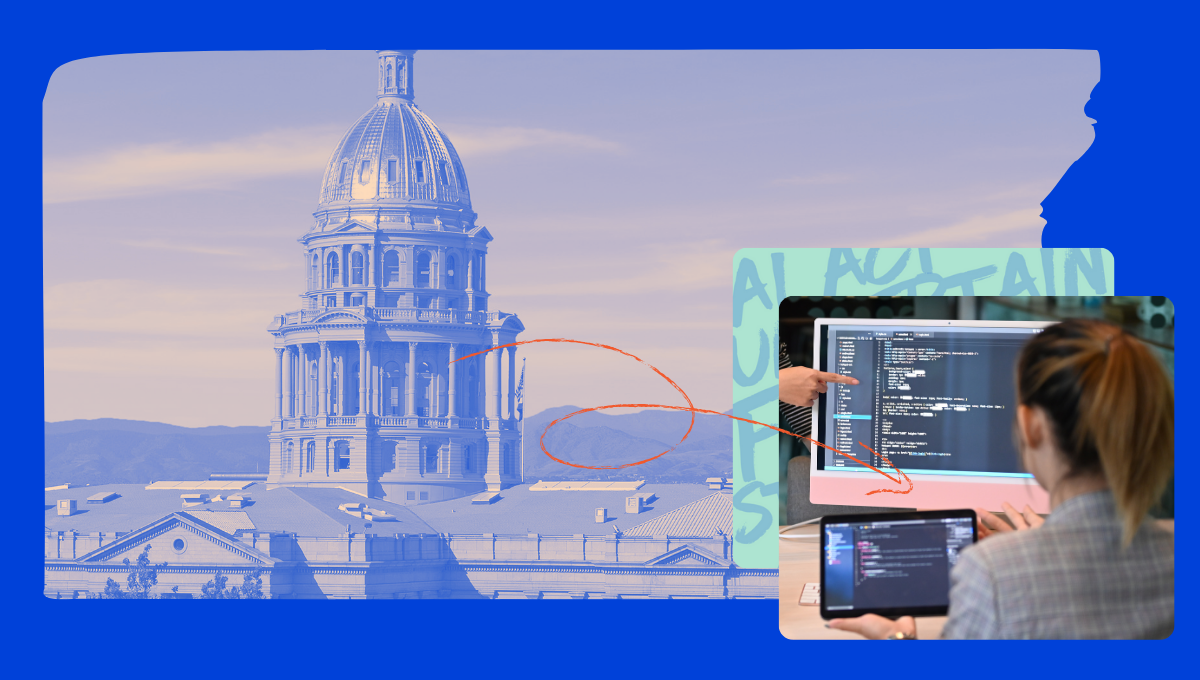When workplaces consider using new technologies, how often are the workers themselves involved in the process? Not often enough, despite being the direct users of the technology. That’s why we need worker voice—the ability of workers to successfully represent and pursue their interests in their place of work.
Key takeaways
Workers are among the first groups in society to experience the latest waves of digital technologies that can be used to track, monitor, and manage them—as well as suppress their ability to organize. In most cases, workplace technology is the result of development and deployment processes that systematically exclude the voices of workers.
In this paper, following a definition of worker voice, we highlight worker voice models that can prevent harmful outcomes by empowering workers to shape technological advancements that benefit working people and society at large. These models include:
- Collective voice models
- Unions and collective bargaining
- Voice models for workers not yet in unions
- Pre-majority unions
- Worker centers
- Worker voice models specific to digital technologies
- Worker data rights as labor rights
- Worker voice in the design, development, and deployment of technology
- Impact assessments
- Worker voice models beyond the workplace
- Regulatory or policy-based voice models
- Advocacy-based voice models
- Individual worker voice mechanisms
Download the paper below. Want to learn more about how tech is impacting workers? Check out our labor page for more resources.







